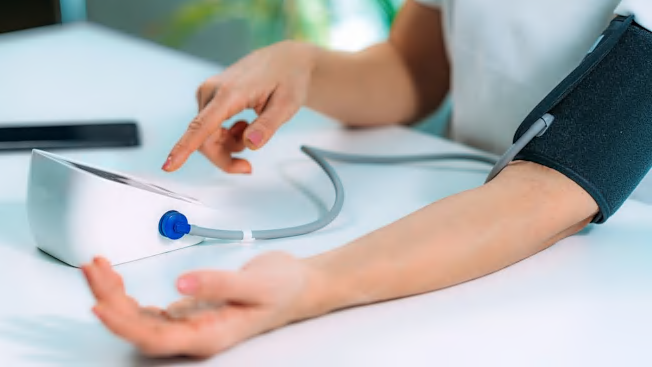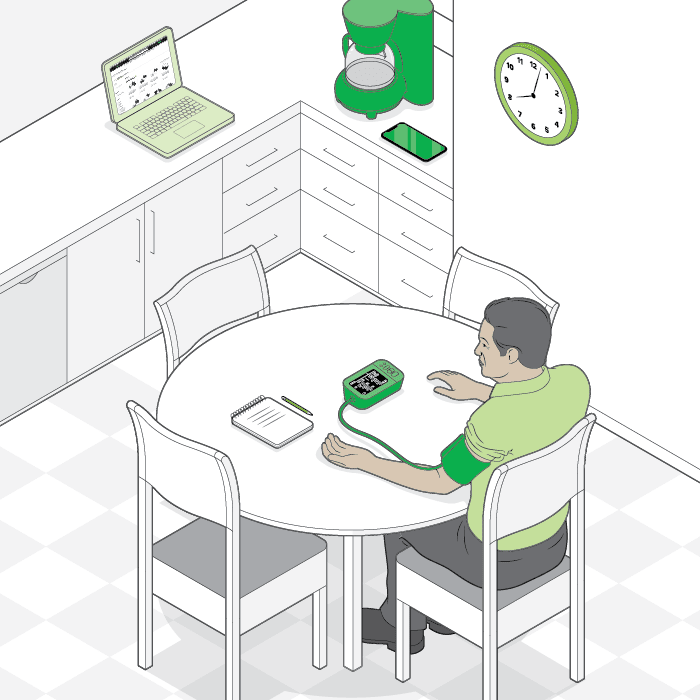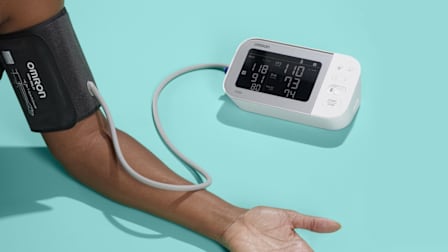The Right Way to Use a Blood Pressure Monitor
What to look for when you're buying a device, and expert tips for getting accurate results
When you shop through retailer links on our site, we may earn affiliate commissions. 100% of the fees we collect are used to support our nonprofit mission. Learn more.

Only about one-quarter of the close to 120 million adults in the U.S. with high blood pressure have the condition under control, according to the Centers for Disease Control and Prevention.
Along with diet, exercise, and, if appropriate, medication, here’s an additional strategy that can help control hypertension: daily home blood pressure monitoring.

More on Shopping for a Blood Pressure Monitor
Several blood pressure monitor models CR has tested come with added features, such as an irregular heartbeat monitor. You may want to ask your doctor whether this could benefit you. Another is the ability to store data for two people, helpful if you and a partner plan to use the device.
Once you purchase a monitor, bring it to your doctor’s office so that your care team can make sure you’re using it properly and check whether its results match those of the office monitor. (If they don’t, you may need a different home device.) The AHA recommends you do this once a year.
Consider these recommended home blood pressure monitors from our tests.
How CR Tests Blood Pressure Monitors
To evaluate accuracy, our trained testers take the blood pressure of volunteers with both a home blood pressure monitor and a mercury sphygmomanometer—considered the gold standard of testing—and compare the results.
Panelists also rate monitors for comfort, and our lab technicians evaluate each device for convenience factors—clarity of the display, size of the buttons, and ease of use.
Editor’s Note: This article originally appeared in the January 2019 issue of Consumer Reports On Health and was updated with information from the February 2025 issue.
































